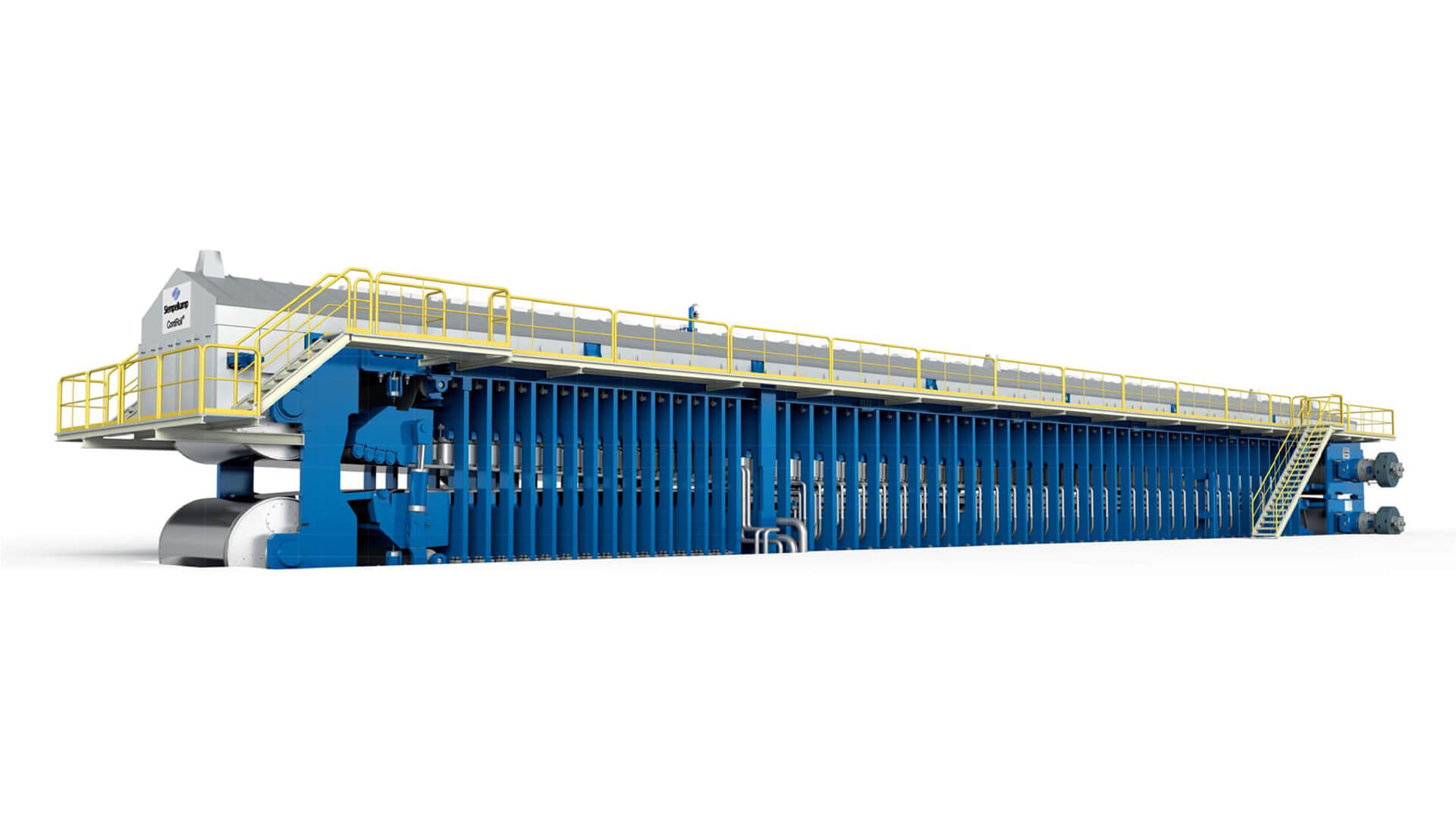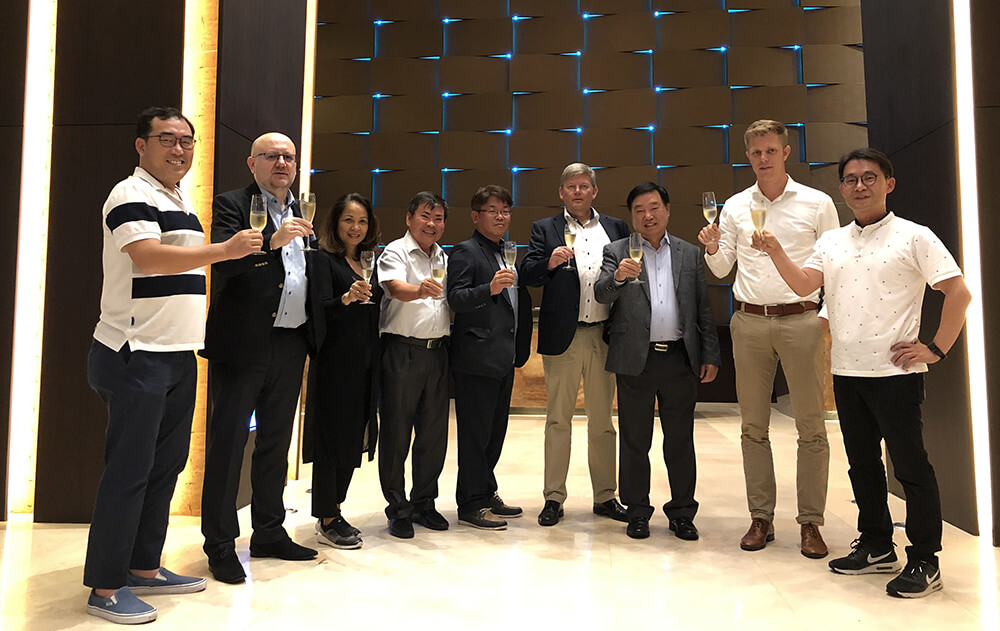47 meters for Dongwha
The company VRG Dongwha, a joint venture between Dongwha International and the Vietnam Rubber Group (VRG), had already ordered two MDF plants from Siempelkamp in 2010 and 2015. Both plants operate in South Vietnam in the greater Saigon area and serve the country’s continuously growing wood-based products market.
The additional investment in a third Siempelkamp plant is solely made by Dongwha International in order to make usage of the specific resources in Northern Vietnam in the greater Hanoi area. Here acacia is considered one of the most widespread wood species, but the raw material presents board producers with challenges due to its demanding fiber geometry – especially when processing the fibers at high press speeds.
Dr. Schöler, when did the Siempelkamp Research and Development Center start focusing on the processing of acacia wood?
Dr. Michael Schöler: Siempelkamp Research and Development has been working on the use of Acacia Mangium for wood-based panel production since 1988. Our focus was and still is on the production of MDF, for which we have gained solid expertise during this period.
What exactly are the challenges of this wood – and how have the Siempel kamp technologists mas-tered these challenges?
Dr. Michael Schöler: The special fiber geometry of acacia requires special technologies, which we supply in particular with the extended infeed of the ContiRoll® Generation 9 NEO. This new infeed makes it possible to deaerate the “difficult” fibers well and prevent blowouts. On the basis of our research and development, we are thus in a position to produce attrac-tive and high-quality MDF panels.
For which customer requirements and applications is the pressing of acacia wood ideal?
Dr. Michael Schöler: Since most acacia wood comes from plantations, industrial processing into wood-based materials such as MDF or chip-board is an ideal option. If acacia is used in MDF boards, it can also be combined with other wood species of similar density.

Siempelkamp’s technology, which focuses on processing the most challenging raw materials, is a central cornerstone of the renewed cooperation: With the ContiRoll® Generation 9 NEO (= New Entry Option) Siempelkamp developed a continuous press with an extended, highly flexible press infeed that ensures controlled deaeration of the mat – important for reliable process stability at high production speeds, particularly with challenging fiber geometries. The innovative press concept of the ContiRoll® Generation 9 NEO, the many years of experience in processing acacia and the good cooperation during the last projects were important factors in Dongwha’s decision making process. “We are proud to once again support our Korean partner with a tailormade solution to expand its market-leading position,” says Marc Müller, Area Sales Director Wood Division Siempelkamp. In addition to the forming and press line, the board handling technology and a glue kitchen adapted to the raw material acacia, the scope of supply also includes a dryer and an energy system from the Siempelkamp subsidiary Büttner. After the groundbreaking ceremony at the beginning of December 2019, the delivery and assembly works will start in the third quarter of 2020. Commissioning is scheduled for the late summer of 2021.
Siempelkamp's technological concept for Dongwha
Acacia: Asia’s all-rounder
Acacia mangium is deemed one of the most widespread wood species in Asia and the Pacific region. Acacia mangium helps to combat deforestation and, as a fast-growing wood species, offers in many plantations new options for the engineered wood industry. Acacia is regarded as a “soil improver” and paves the way for more demanding tree species that are not suffi ciently supplied with nutrients on heavily depleted soils. Acacia trees improve soil quality by fi ltering pollutants and enriching the soil with nitrogen. They reach heights of up to 35 meters and trunk diameters of 90 centimeters. Acacia wood is robust, fl exible and resistant, making it attractive for both the furniture industry and terrace construction.
Source: https://blog.forestfinance.de






